Ian McGibbon’s memorial address at the recent ANZAC Day event commemorates some of the young Paekākāriki men who served in World War One.
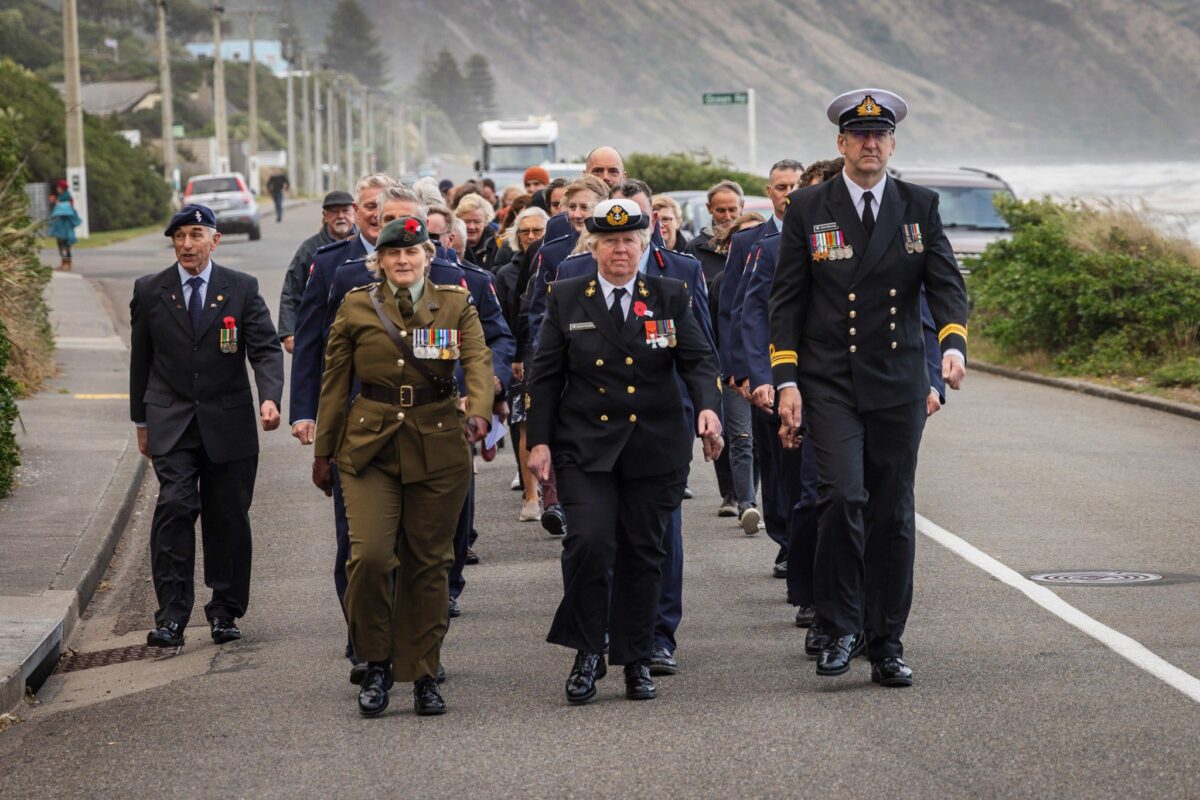
It is an honour to be invited this morning to give the memorial address in Paekākāriki on the 109th anniversary of the landing at Gallipoli.
We are here to remember all those New Zealanders who answered the call, albeit sometimes not of their own choosing, to serve their country in a time of crisis in both World Wars and in a range of smaller conflicts, mostly after 1945. Many gave their lives, and many came home maimed in body or spirit.
Every community, every citizen, was impacted in some way by the two World Wars. And Paekākāriki was no exception. Thirty-four men served overseas in the First World War, of whom eleven lost their lives. Seventy-one did so in the Second World War. Six did not come back. And since then, Paekākāriki men and women have served overseas in post-war campaigns in Korea, Vietnam and Malaya/Malaysia, and in numerous peacekeeping operations.
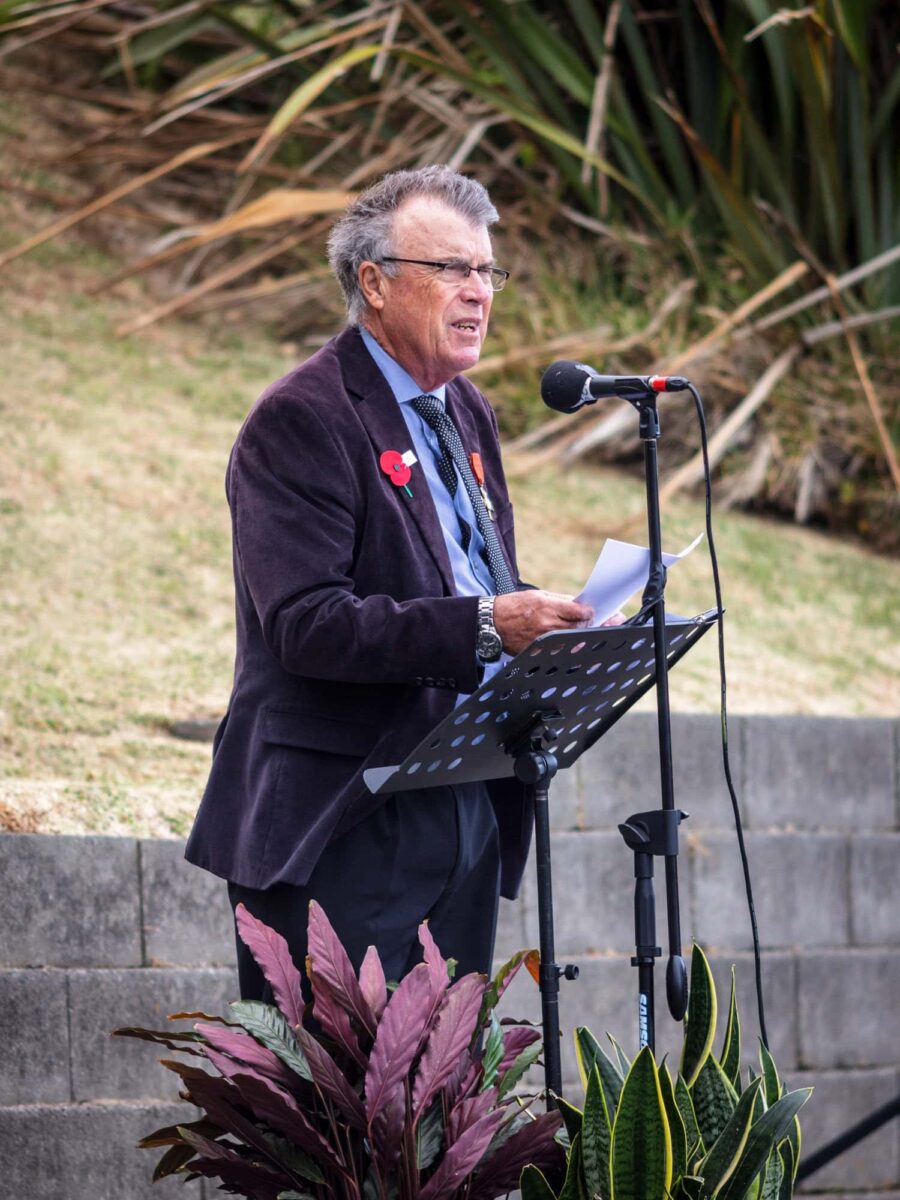
More than 28,000 New Zealanders have lost their lives while serving their country overseas. Of those, about 10 per cent, 2700, fell in New Zealand’s first major campaign, on Turkey’s Gallipoli peninsula, or as a result of wounds or disease suffered there. Such statistics, however shocking, lack emotional resonance over a century later. So I will focus my remarks this morning on one Paekākāriki family, whose experience was typical of many throughout the country in both World Wars.
In 1914 Ossian and Annie Lynch were farming at Paekākāriki in partnership with Ossian’s brother Michael. The land they farmed had been granted to their father, Henry Lynch, who had come to New Zealand in the 1860s with the British 65th Regiment.
Ossian and Annie had four sons – Henry, Oscar, Bernard and Harold – all born in Paekākāriki, or nearby, and all looking to be farmers themselves. In August 1914, events on the other side of the world shattered this prospect.
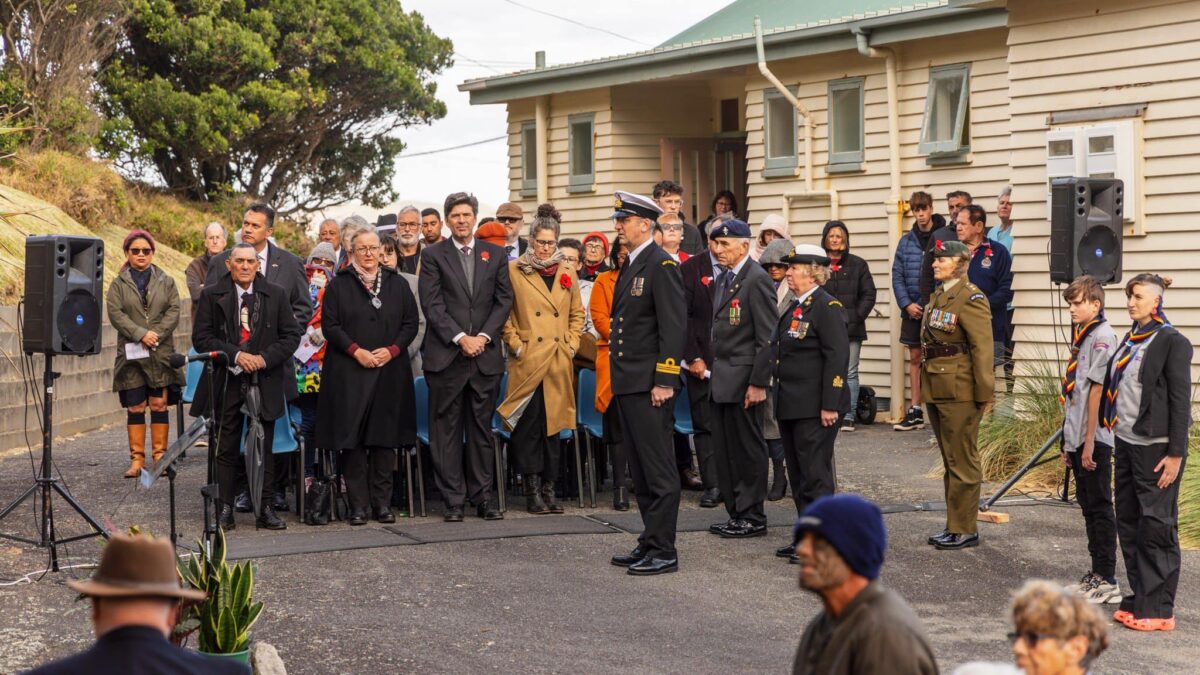
War came with a suddenness that must have shocked many throughout the country. Within days of the war’s outbreak, Henry and Oscar, 21 and 20 respectively, had volunteered for the Wellington Mounted Rifles Regiment, which formed part of the Expeditionary Force that New Zealand immediately began forming. They already had some military experience, having done compulsory military training after turning 18 and being posted to the Territorial Force. Their cousin Eric (Michael’s son), who was also born in Paekākāriki, enlisted, as did another cousin, Kildare, from Woodville, who volunteered for the Wellington Infantry Battalion.
All four left with the force’s main body on 16 October 1914 and reached Egypt in December. From there they would find themselves taking part in the Gallipoli campaign.
The first to land at Gallipoli was Oscar. He had transferred out of his regiment in Egypt. Now a member of the Army Service Corps, he went ashore, probably on 26 April. Ensuring supplies reached the infantry men holding the perimeter of the tiny enclave involved many dangers. Nowhere above ground was entirely safe from artillery shells. But it was not this that killed him, but rather a more insidious enemy — disease — that thrived in the unsanitary conditions. A little more than three weeks after landing Oscar was taken off to a hospital ship suffering from typhoid fever (called enteric fever at the time). Taken to Alexandria in Egypt, he seemed to be recovering only to relapse. He died on 5 July and is buried in the Alexandria (Chatby) Military and War Memorial Cemetery.
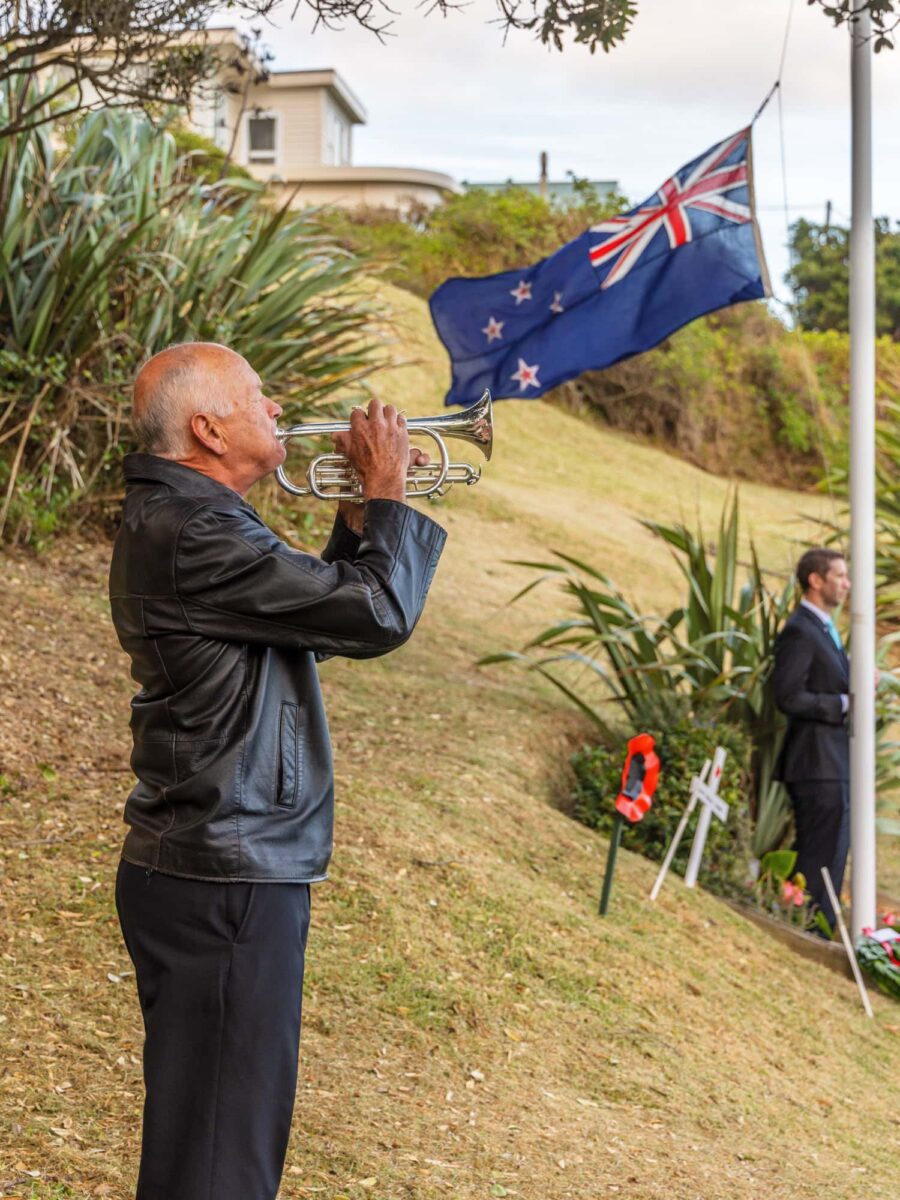
Henry and Eric didn’t see Gallipoli until 12 May, when the New Zealand Mounted Rifles Brigade, minus their horses, reinforced the NZ Infantry Brigade in the ANZAC enclave as part of the New Zealand and Australian Division. This was seventeen days after the landing on 25 April, and just a week before the ailing Oscar was evacuated. We can only hope that Henry managed to catch up with his brother in that week.
One thing they, and others recognised, was the strong resemblance of the landscape to their home area. The land behind Paekākāriki is steeper but the view from the hill does certainly resembles that looking north from the ANZAC battlefield towards Suvla Bay. And this ceremony, with the nearby sea, has some resemblance to the ANZAC commemorative site at Gallipoli, though there are no buildings there.
Eric wasn’t at Gallipoli long. On 26 May, a fortnight after he landed, a shrapnel shell exploded above where his unit was camped. The resulting lethal rain of shrapnel balls killed one man, mortally wounded two more, and wounded Eric along with four other men. Evacuated to a hospital ship offshore, he was taken to Malta then to the United Kingdom, before returning to New Zealand, where he was discharged. Although he did not know it yet, he was the lucky one of the Lynch quartet.
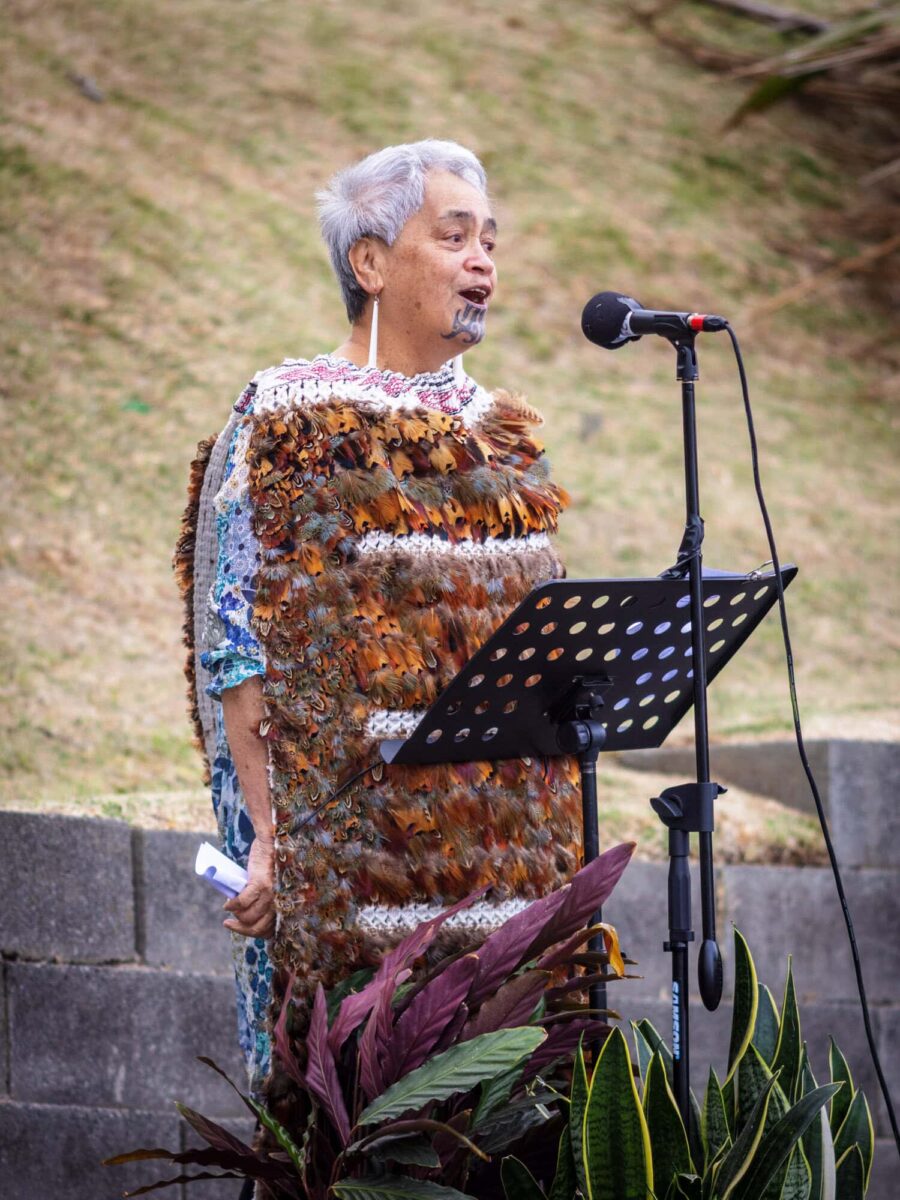
Henry’s stay was longer. He was still there in August when the ANZACs, with British and Indian troops, launched their big attempt to break out of the perimeter the Turks had hemmed them in. So was his cousin Kildare. Henry was with the Wellington Mounted Rifles as they made their night-time assault on Table Top, an important feature on the path to the summit.
Less than three days later, on 9 August, he found himself in desperate action on top of Chunuk Bair, where he was struck down. He was one of 40 men of his regiment killed during the regiment’s epic stand that day (out of 173 who had clambered up to the position the previous night). Henry’s remains were never recovered and he is one of the 850 men commemorated on the New Zealand Memorial to the Missing on Chunuk Bair. Henry’s cousin Kildare’s name is there too. He was killed the day before Henry, also on the top of Chunuk Bair, during the Wellington Infantry Battalion’s fight for the summit.
The loss of two sons shattered the Ossian Lynch family. A memorial altar to Oscar and Henry donated by the family was a feature of Paekākāriki’s first Catholic church, completed in 1932. Like so many other families throughout the country, their parents experienced the terrible grief on receipt of the dreaded telegrams, advising them of the fate of their sons on the other side of the planet.
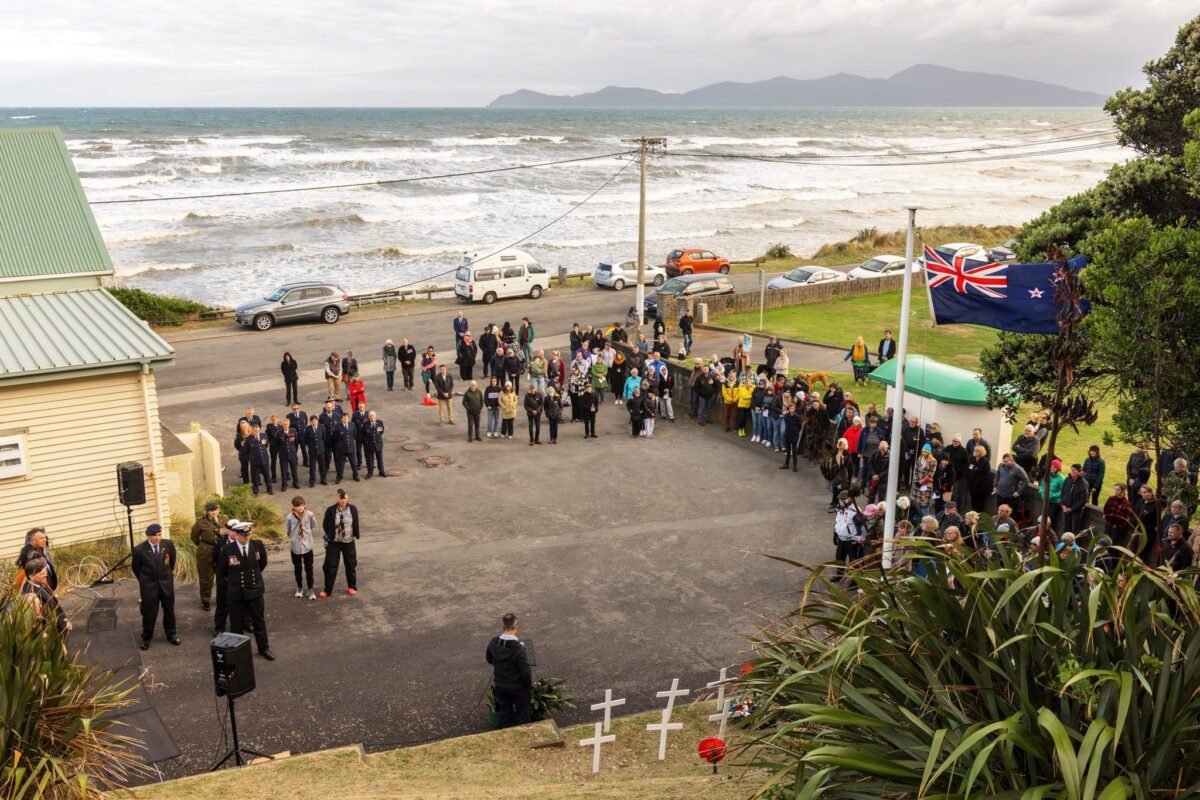
The toll in August was especially shocking: the attack on Chunuk Bair was the most costly battle New Zealanders had taken part in up to that time. Of course, that toll would increase immeasurably when the force reached the Western Front in France in 1916. Nearly as many men fell in the 37 days of the New Zealanders’ participation in the Battle of the Somme as did in eight months at Gallipoli.
We are fortunate and grateful that the Turkish government and the Turkish people recognise the importance of the Gallipoli battlefield for their own history, and are very accommodating to our wish to commemorate our dead. Famous words attributed to Attaturk, the Turkish Republic’s first president, provide a a solid foundation to the growing friendship between our two countries. This is evident every 25 April with the ceremonies on the peninsula, which I have had the privilege to attend six times. There can be nothing more moving than standing at the ANZAC commemorative site as dawn breaks… New Zealanders should be grateful for the protective attitude of the Turkish government to the whole Gallipoli area.
We must never forget the sacrifice made in war by the Lynch family, and innumerable other families throughout this country. The best way we can honour those who gave their lives is by ensuring that they are not forgotten, that their stories are told, and not merely confined to names on memorials.
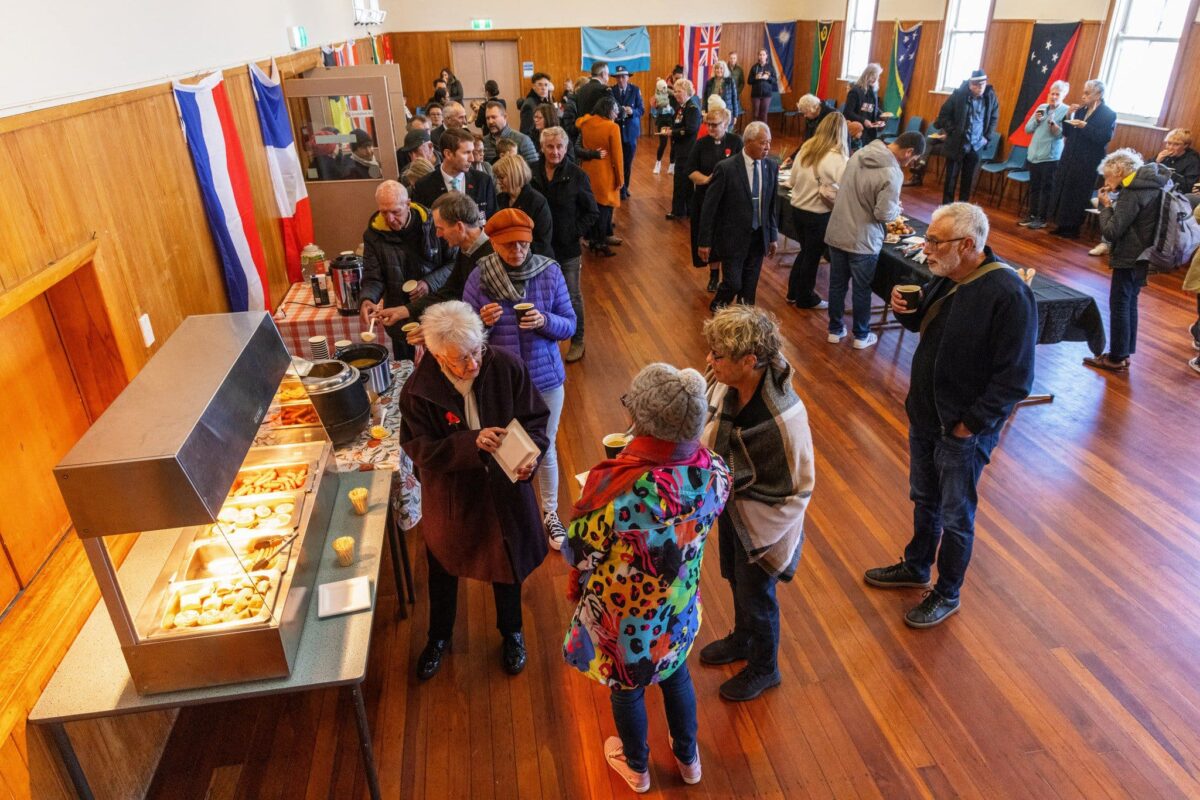
Paekākāriki.nz is a community-built, funded and run website. All funds go to weekly running costs, with huge amounts of professional work donated behind the scenes. If you can help financially, at a time when many supporting local businesses are hurting, we have launched a donation gateway.


